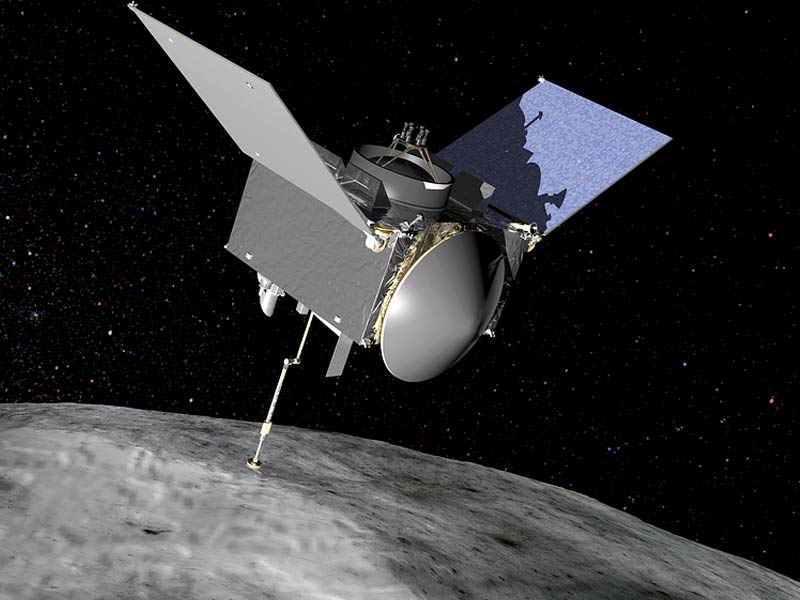Scientists from the National Aeronautics and Space Administration (NASA) recently revealed that they are almost done trying to stop an asteroid from hitting the Earth in 159 years. Experts predict that on September 24, 2182, the asteroid Bennu will strike Earth.
There is a 1 in 2,700 chance that this catastrophic event would reach Earth, but experts are taking no chances and are worried about the slim possibility. So much so that, seven years ago, NASA despatched a spacecraft to Bennu in the hopes of obtaining information that, if and when it happens, could help in preventing the catastrophe.
As per NASA, the asteroid was identified in 1999 and travels near Earth around every six years. The space rock is estimated to be the same size as the Empire State Building and to have the force of 22 atomic bombs.
During its Touch-and-Go (TAG) sample collection operation, NASA’s OSIRIS-Rex spacecraft descended on the surface of asteroid Bennu in 2020 and retrieved rocky material from a sample location dubbed Nightingale.
Bennu, an ancient relic of our solar system, is thought to have been around for more than 4.5 billion years, according to scientists. It was first known as 1999 RQ36. After a third-grade kid named Michael Puzio won a contest to name the asteroid, it was renamed Bennu in 2013.
According to NASA, the asteroid was discovered in 1999 and approaches Earth every six years. According to estimates, the space rock is the same size as the Empire State Building and has the explosive power of 22 atomic bombs.
In 2020, NASA’s OSIRIS-Rex spacecraft landed on the surface of the asteroid Bennu and collected rocky material from a sample location known as Nightingale during its Touch-and-Go (TAG) sample collection operation.
Scientists estimate that Bennu, an ancient remnant of our solar system, has been around for more than 4.5 billion years. The initial designation was 1999 RQ36. The asteroid was nicknamed Bennu in 2013 after Michael Puzio, a third-grader, won a contest to name it.
What is NASA’s strategy for preventing a Bennu-Earth collision?
The last few kilometers of a marathon feel a lot like the closing stretch of this seven-year journey, where pride and delight mix with a fierce determination to finish the race well. Rich Burns, the OSIRIS-REx project manager at NASA’s Goddard Space Flight Center in Greenbelt, Maryland, was quoted by The Telegraph.
The asteroid samples from the OSIRIS-REx mission will touch down on Earth the following week, entering the atmosphere on Sunday at 3:42 PM British Summer Time (BST), according to the report.

A capsule the size of a refrigerator carrying the samples will be blasted back to Earth once the OSIRIS-REx spacecraft has traveled 63,000 miles (1 lakh km) from the planet.
Then, it will accelerate to speeds close to 28,000 mph, reaching lava-like temperatures. Before the capsule lands in the Utah desert, parachutes will be deployed, slowing it to 11 mph so it can land safely at the Department of Defense’s Utah Test and Training Range southwest of Salt Lake City, according to Mirror.
Also, Read UN food chief: Every night, one out of every ten individuals globally goes to bed hungry
To prevent tainting the Bennu samples, the recovery team will take the capsule out of the earth as soon as they can.
The results of the mission may not only prevent a catastrophic collision but also shed light on the beginnings of life on Earth. The mission is similar to Armageddon, a 1998 movie starring Bruce Willis. In the movie, Willis uses a nuclear bomb to split an asteroid the size of Texas in half after landing on it to stop it from hitting Earth.

























